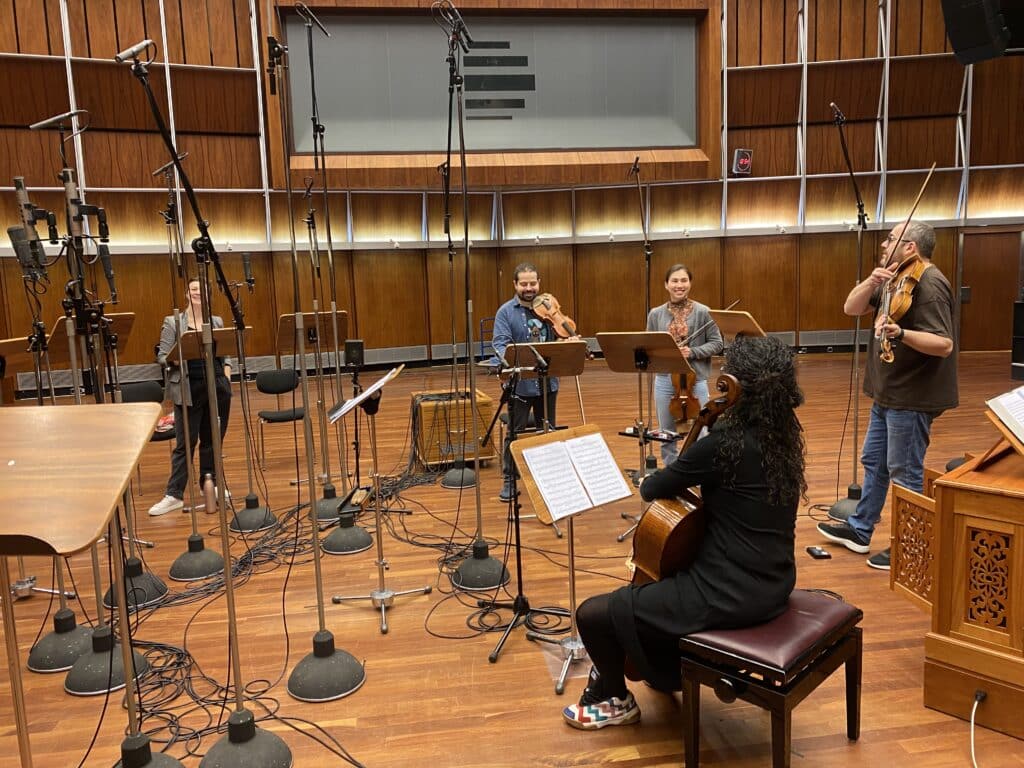Michael Alexander Willens Honored with the 2026 Telemann Prize!
Great news! Michael Alexander Willens has been selected to receive the 2026 Telemann Prize. The

These days, the Cologne Academy has once again been in the studio to unearth a forgotten treasure. These are the masses by Paul Ignaz Liechtenauer (1673/4 – 1756). Liechtenauer was probably born in Vienna as the son of the organist and organ builder Johann Liechtenauer. His first position was as court conductor at the Electorate of Trier’s court in Koblenz-Ehrenbreitstein from 1711. However, just two years later he received his dismissal papers because there was not enough money. After an unsuccessful application for the position of court conductor in Cologne, he was appointed organist at Osnabrück Cathedral in 1715, a position he held until his death. Even though he was officially only the organist, he performed the duties of the Kapellmeister.
Only a few of his works have survived, two compositions that also appeared in print and a manuscript. In 1736 he published 24 offertories, 24 sacred concertos, which appeared as op. 1. This was followed in 1741 by op. 2 with six masses, which are somewhat larger in instrumental terms. The surviving manuscript is a small concerto for oboe, strings and basso continuo. Three further masses, two requiems, two Te Deum laudamus, six Marian antiphons and several vocal arias and duets can be found in the catalog, but probably fell victim to the destruction of Osnabrück Cathedral during the Second World War. He also wrote Jesuit dramas, of which the text is known but the music no longer exists.
The great importance Liechtenauer had for the ecclesiastical music of his time is demonstrated not only by contemporary documents, but also by the fact that his works can be found not only in libraries in Germany and Austria, but also in Italy, Switzerland, the Czech Republic and the USA.
OTHER RECENT NEWS
Great news! Michael Alexander Willens has been selected to receive the 2026 Telemann Prize. The
Vienna Mandolin Stories is Alon Sariel’s first full concerto album, inviting listeners on a journey through
Which instrument do you play at the Kölner Akademie and when did you start playing?At